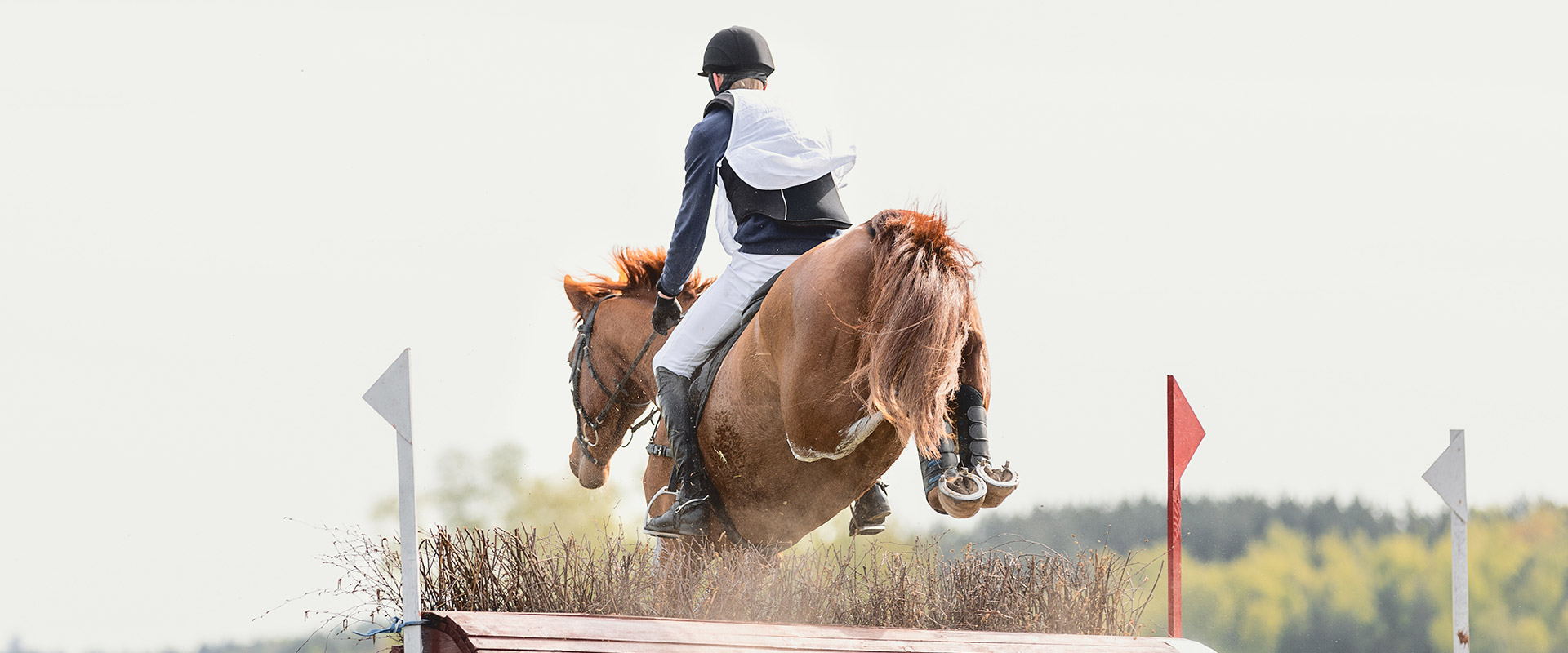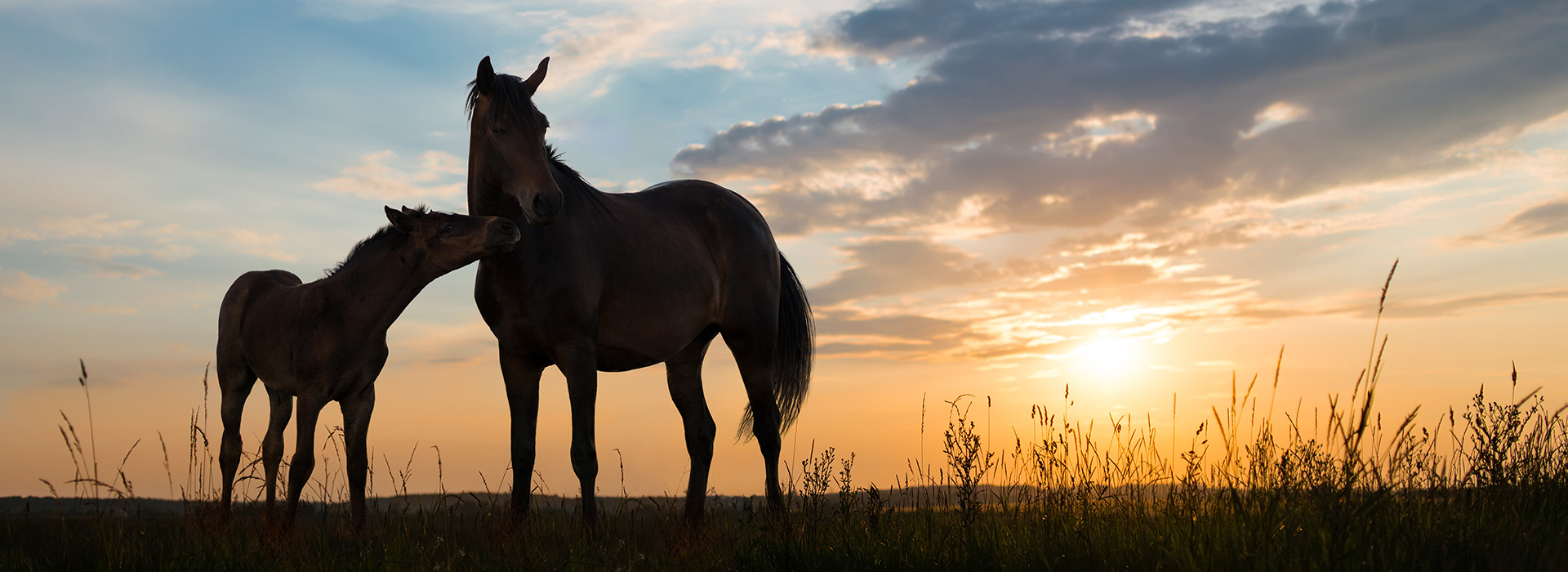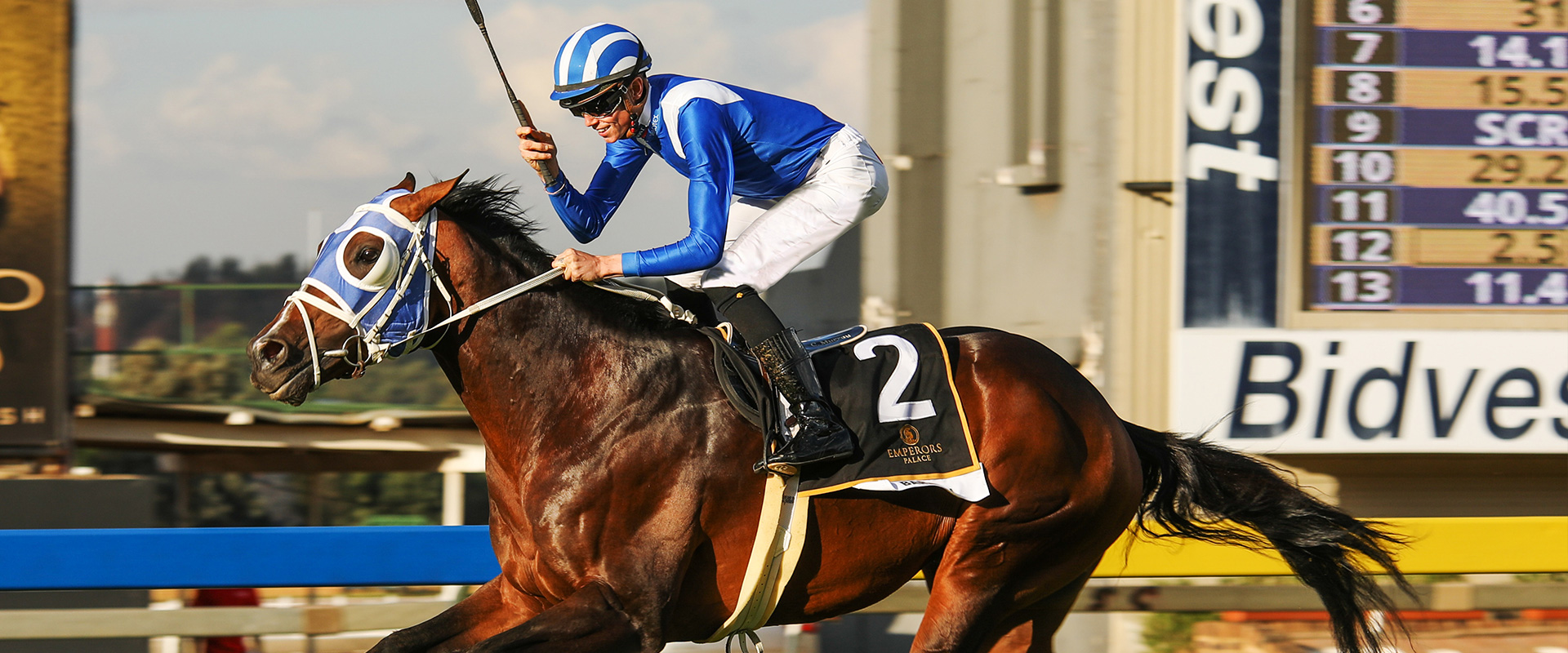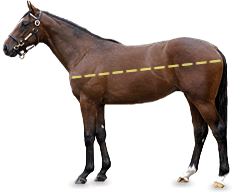As a horse owner/care giver it’s important to understand how to accurately weigh your horse. Not only will this help you to keep an eye on his overall body weight but also for practical purposes such as calculating his diet, giving de-wormer or medications.
The most accurate method of weighing your horse is on an equine specific weighbridge, However, this type of equipment is not often available, which is why using a weigh tape or a weight formula are the most practical solutions.
How to use a Weigh tape
Weight tapes are generally widely available at your feed store and they are valuable tools for objectively calculating and monitoring your horse’s weight. Look out for weigh tapes that have separate Pony (14.2 and under) and Horse (14.2 and over) measurements as these are the most accurate.
The tape should be placed over the lowest point of the withers passing around the horse as close to the elbow as possible. The tape should be pulled firmly around the horse but not so that it dents the flesh. The tape will be on a slight diagonal angle when in the correct position. Do not place the tape as you would a girth, ensure the tape passes as close to the elbow as possible. To help make the reading as accurate as possible have your horse stood square on a flat surface. If your horse is initially tense wait until he relaxes before taking the measurement. It is helpful to initially have someone with you to reassure the horse and ensure that the tape is in the correct position on both sides of the horse and that it is not twisted.






